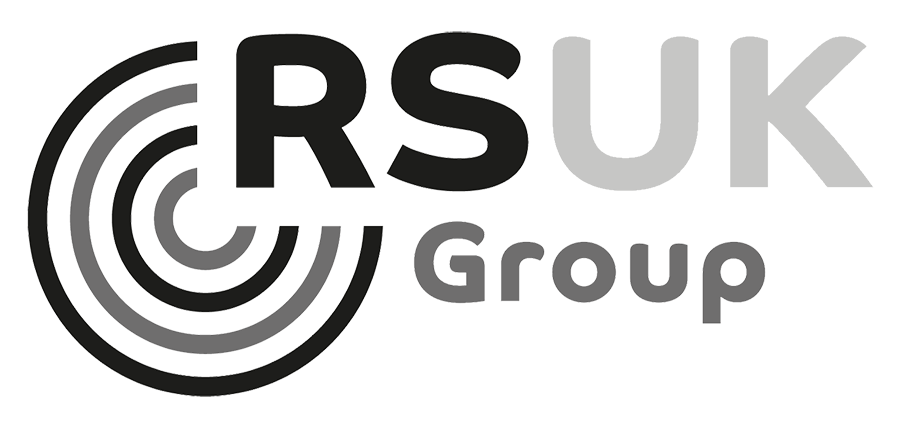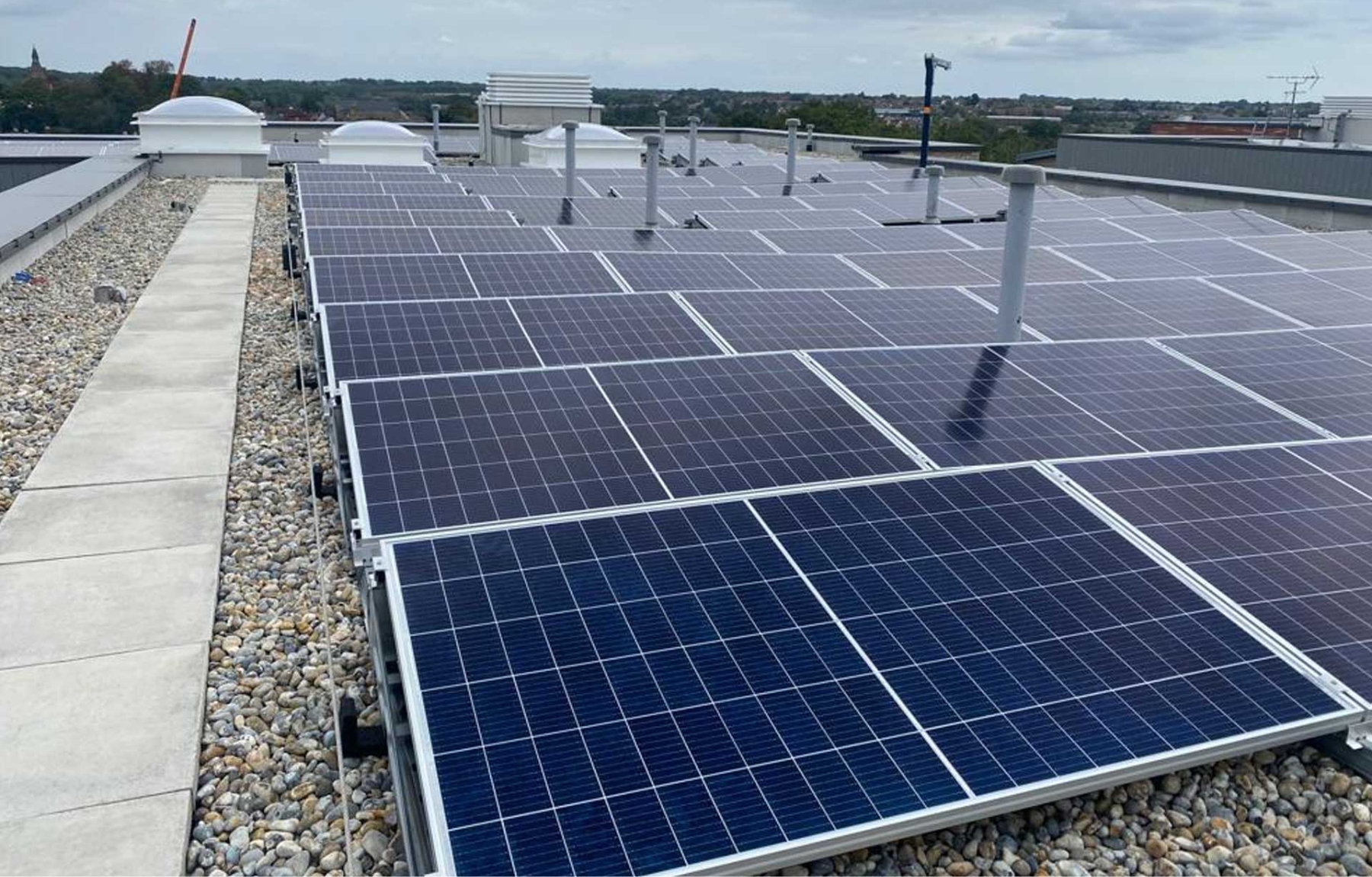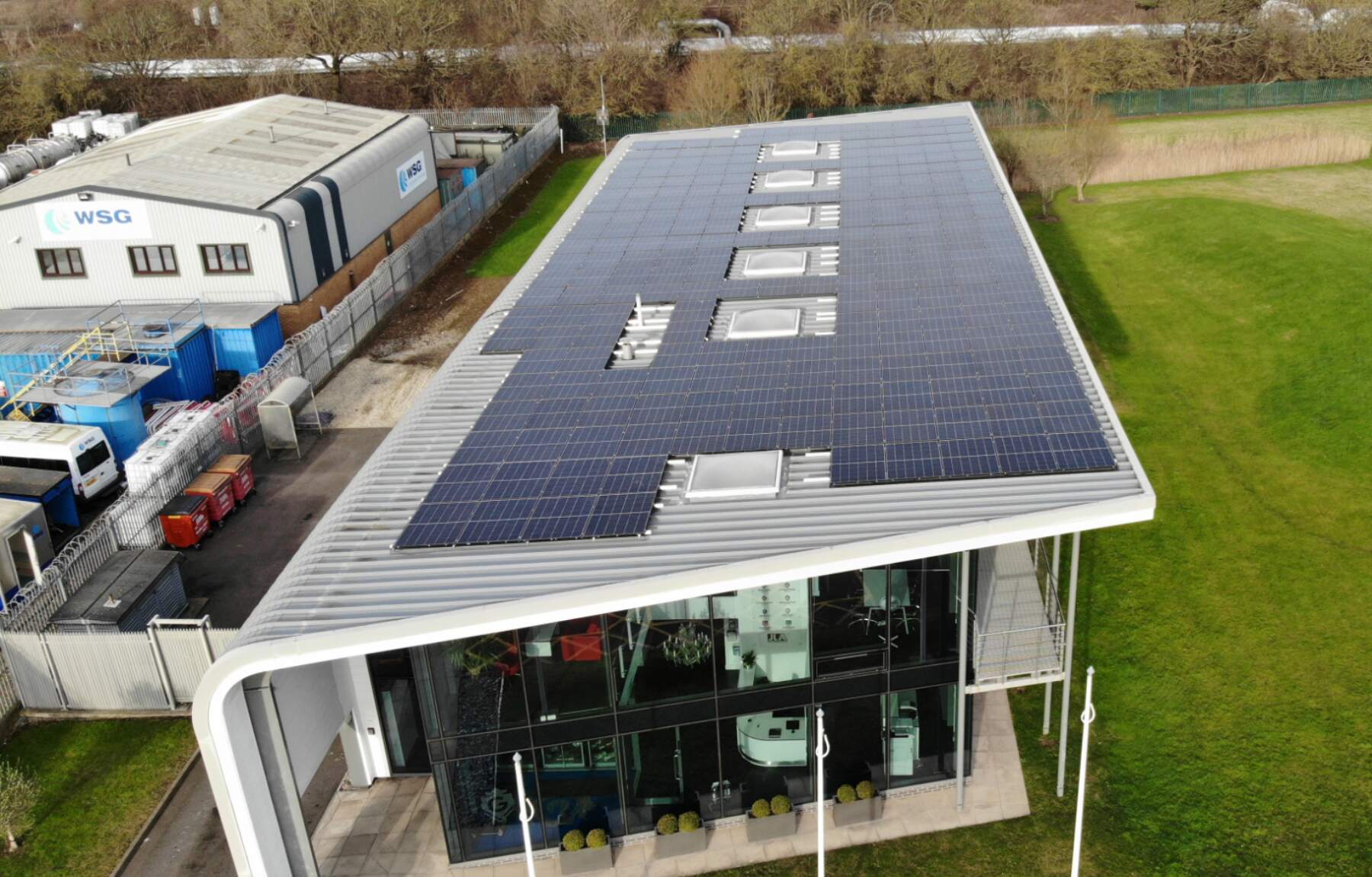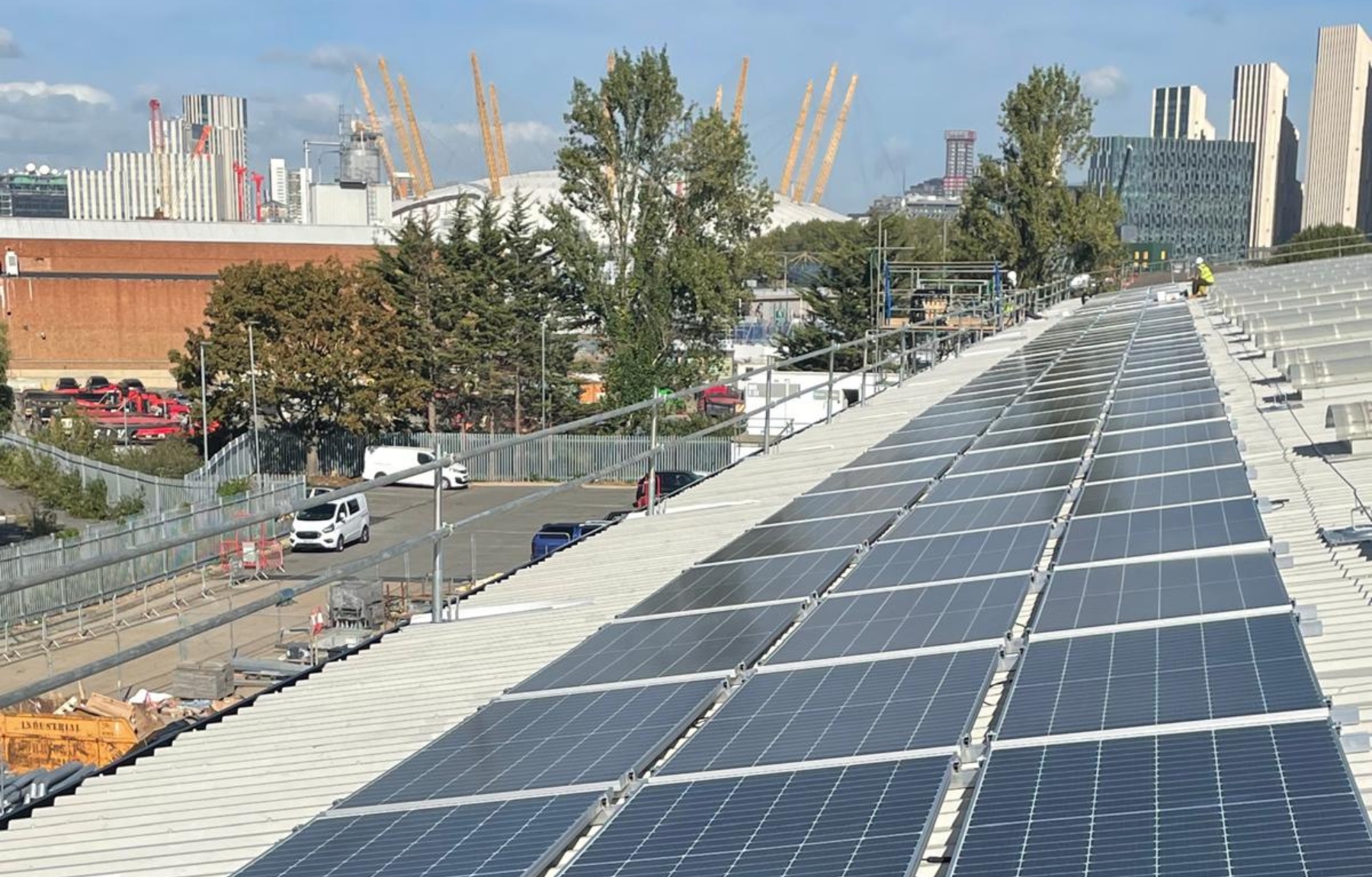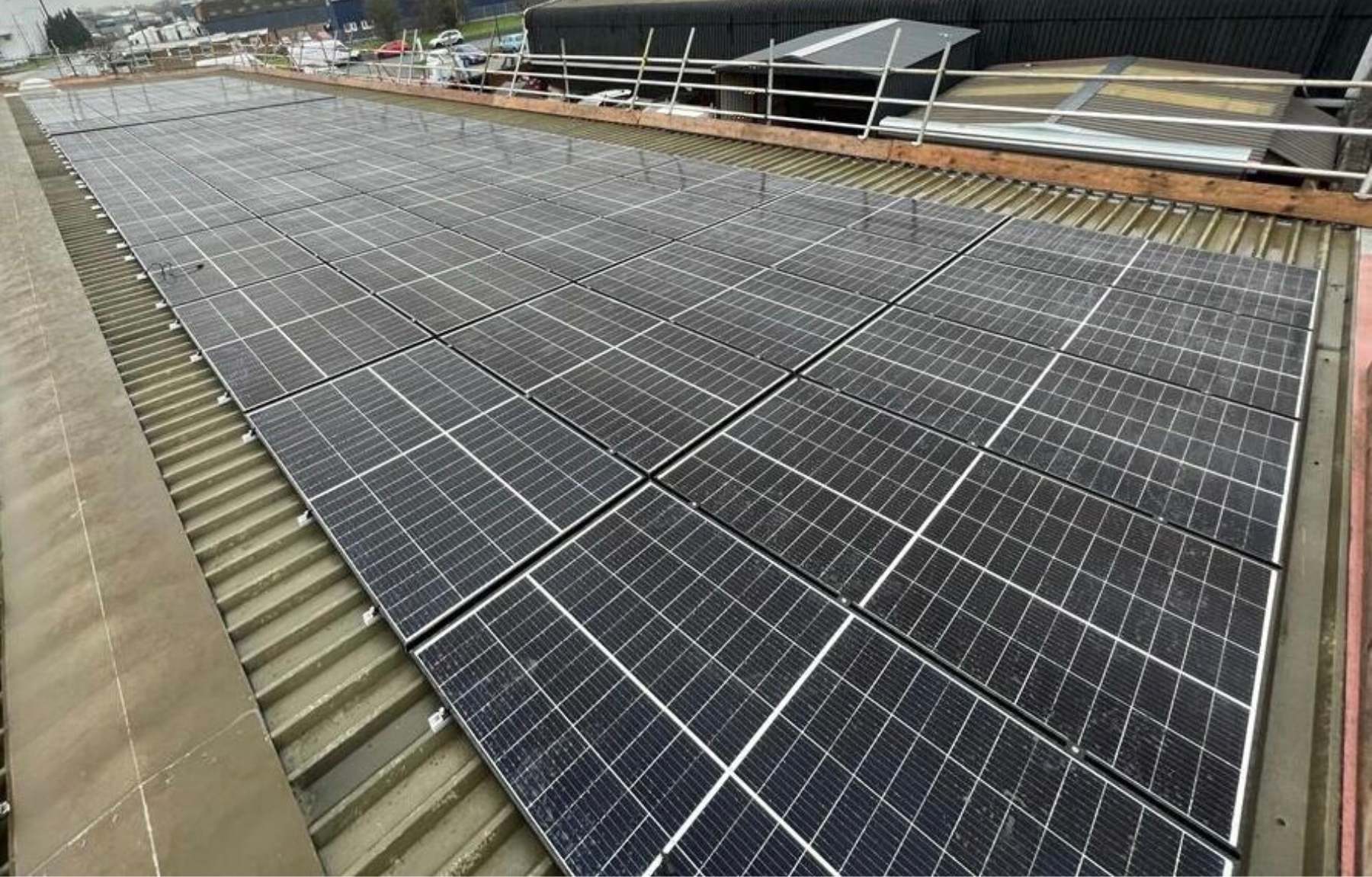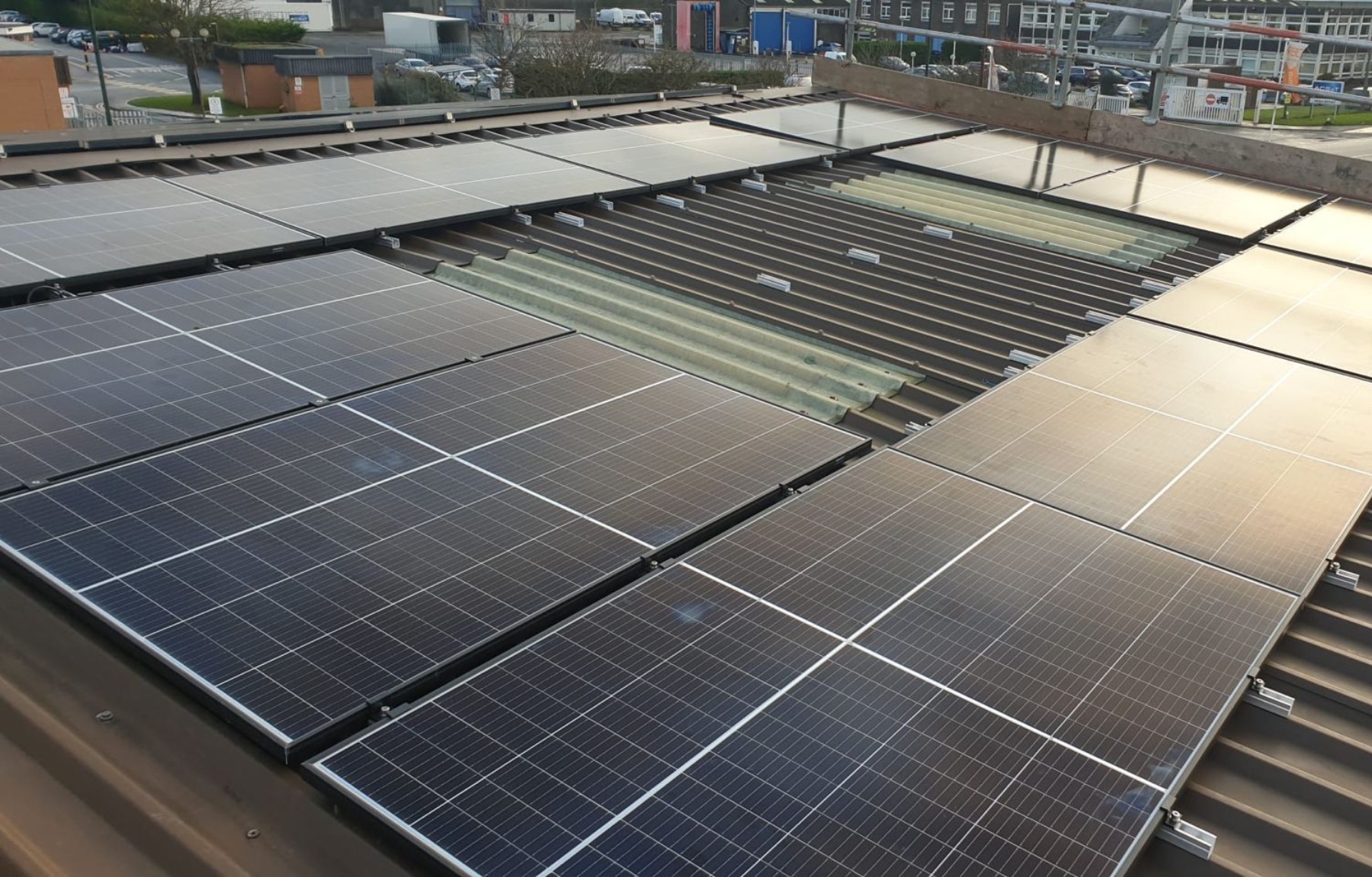Understanding How Flat and Pitched Roofs Affect Solar Panel Installation on Commercial Properties
Installing solar panels on commercial properties is a practical way to cut energy costs, but the type of roof you have plays a key role in the process. One of the first questions to tackle is: Does my roof type—flat or pitched—affect the feasibility of installing solar panels, and if so, how?
In this article, we’ll address this question in detail. We’ll explore the benefits and challenges of flat and pitched roofs for solar panel installations, highlight practical solutions, and explain how to maximise the efficiency of your solar power system, regardless of your roof type.
Why Roof Type Matters for Commercial Solar Panel Installations
The type of roof on your commercial property is key in determining how solar panels are installed, their efficiency, and even the cost of the installation. The reasons for this are:
- Solar panels perform best when they’re angled to capture the most sunlight. Flat and pitched roofs differ significantly in how they naturally support this.
- Flat roofs often provide more usable space for solar panels, whereas pitched roofs may have limitations due to their slant or structural obstructions.
- Different roof designs have varying capacities to bear the weight of solar panels and mounting systems.
Installing Solar Panels on Flat Roofs
Flat roofs are common on commercial properties, and they offer several advantages when it comes to solar panel installation.
Advantages of Flat Roof Solar Installations
- With flat roofs, installers have the freedom to position panels at the optimal angle for maximum sunlight exposure, typically using adjustable mounting systems.
- Flat roofs often have larger, unobstructed areas compared to pitched roofs, making it easier to install a larger number of panels.
- Maintenance and cleaning are simpler and safer on flat roofs due to accessibility, reducing long-term upkeep costs.
Challenges of Flat Roof Solar Systems
- Flat roofs require mounting systems for angle adjustment to tilt the panels at an angle, as solar panels placed flat are less efficient at capturing sunlight.
- Poor drainage on flat roofs can cause water pooling, potentially affecting panel performance if not properly addressed during installation.
Practical Solutions for Flat Roof Installations
- Ballasted mounting systems hold the panels in place without penetrating the roof, reducing the risk of leaks while allowing for optimal tilt.
- The approach of east-west panels places panels back-to-back in opposite directions, maximising energy generation throughout the day.
- Ensuring the roof is waterproofed before installation can mitigate any drainage issues.
Installing Solar Panels on Pitched Roofs
Pitched roofs, often found on smaller commercial properties, present a different set of opportunities and challenges for solar panel installation.
Advantages of Pitched Roof Solar Installations
- A pitched roof often provides a natural built-in angle for solar panels, which can reduce the need for additional mounting systems.
- Since pitched roofs typically require less structural adjustment, installation costs can be lower compared to flat roofs.
- Solar panels on pitched roofs are less visible from ground level, which may be a consideration for properties prioritising appearance and aesthetic appeal.
Challenges of Pitched Roof Solar Systems
- Pitched roofs often have less usable space than flat roofs, potentially restricting the number of panels that can be installed.
- Roofs facing east or west may generate less energy than those facing south.
- Cleaning and maintaining panels on a pitched roof is more challenging and may require specialised equipment or services.
Solutions for Pitched Roof Installations
- Installing panels on the south-facing portion of the roof can increase energy generation. For east-west roofs, microinverters or power optimisers can help maximise efficiency.
- Before installation, a roof strength assessment can be carried out evaluate whether the roof can support the weight of solar panels and their mounting systems.
- Regular cleaning and maintenance by a professional team ensures panels on pitched roofs remain efficient without compromising safety.
Flat vs Pitched Roof Installation Cost Comparison
The cost of installing solar panels on a flat roof versus a pitched roof can vary due to differences in mounting systems, installation techniques, and the amount of preparatory work required.
Cost Factors for Flat Roof Installations
- Additional costs may include the purchase of angled mounting systems and ballast weights.
- Maintenance costs are generally lower due to easier access.
Cost Factors for Pitched Roof Installations
- Installation might be quicker and more cost-effective due to the natural tilt.
- Maintenance costs can be higher due to access difficulties.
Overall, the total cost difference is marginal, but specific project details - like roof condition and energy goals - will ultimately determine your overall expenditure.
How Weather in Grimsby Impacts Solar Panel Performance
Lincolnshire’s weather patterns, including average sunlight hours and seasonal variations, are important consideration factors for solar panel efficiency. While the region experiences its fair share of overcast days, modern solar panels are designed to perform efficiently in diffuse light conditions.
Key Considerations for Businesses in Lincolnshire
- Flat roofs may need additional bracing to withstand high winds common in coastal areas.
- Pitched roofs naturally shed snow, while flat roofs might require additional measures to clear snow from panels.
Choosing the Right Solar Panel System for Your Roof
Regardless of your roof type, selecting the right solar panel system can make all the difference in achieving your energy and sustainability goals. Consider the following:
Selecting High-Efficiency Panels for Limited Space
High-efficiency panels are typically recommended for maximising energy output, particularly when space is limited.
Inverter and Battery Options for Maximum Efficiency
Consider inverter technology for pitched roofs with shading issues or uneven surfaces to ensure consistent energy output. Adding a battery system allows you to store excess energy, particularly useful during Lincolnshire’s less sunny months.
Case Study: Solar PV Upgrade and Installation for Great Coates Motors
In one of our recent projects, we worked with Great Coates Motors to repair and upgrade an existing solar PV system and install a new one. The company aimed to reduce electricity costs and future-proof their business against rising energy prices.
Client Requirements and Project Overview
Great Coates Motors faced high electricity bills that significantly impacted their profit margins. Their operations required substantial energy for lighting, office equipment, machinery, and electric vehicle charging. Their existing solar PV system was underperforming due to broken panels and incorrect wiring, resulting in high repair costs without delivering savings. They needed a solution to lower energy expenses and improve system reliability.
System Design and Installation Solution
The new system needed to be cost-effective, sustainable, and reliable, with minimal maintenance. It also had to generate more electricity than the existing system and perform well in low-light conditions. After a detailed site inspection, we identified and addressed key issues:
-
- The existing wiring was non-compliant and impacted performance. We corrected this to meet regulatory standards.
- The client’s roof pitch was less than 10 degrees, requiring specialised solar panels. We replaced the faulty panels with high-efficiency models designed for north-facing roofs, ensuring optimal performance even in low light.
- We installed a more efficient inverter to convert DC electricity into usable AC power, increasing system reliability and performance.
Results and Long-Term Benefits
The upgraded system now generates significantly more electricity, leading to reduced energy bills and greater cost savings than initially projected. By relying on a renewable energy source, the company has also reduced its dependence on the grid, protecting against future price increases. You can view images of this installation in our gallery of completed work to see the quality of our work.
Finding the Right Solar PV Solution for Your Property
Solar panels can be an excellent investment offering significant energy savings and environmental benefits, regardless of whether your commercial property in Grimsby has a flat or pitched roof. You can optimise your solar panel installation for maximum efficiency and long-term value by addressing the challenges of your roof type with a tailored solar PV system.
If you’re ready to explore whether a solar PV system is the right choice for you, contact a trusted local installer like RSUK Group who understands the needs of Lincolnshire businesses. A professional assessment will give you the clarity and confidence to move forward.
Ready to explore how solar panels could benefit your business or commercial property?
Contact us to book a tailored consultation and free energy savings assessment. Our team specialises in designing and installing efficient solar PV systems for businesses like yours.
